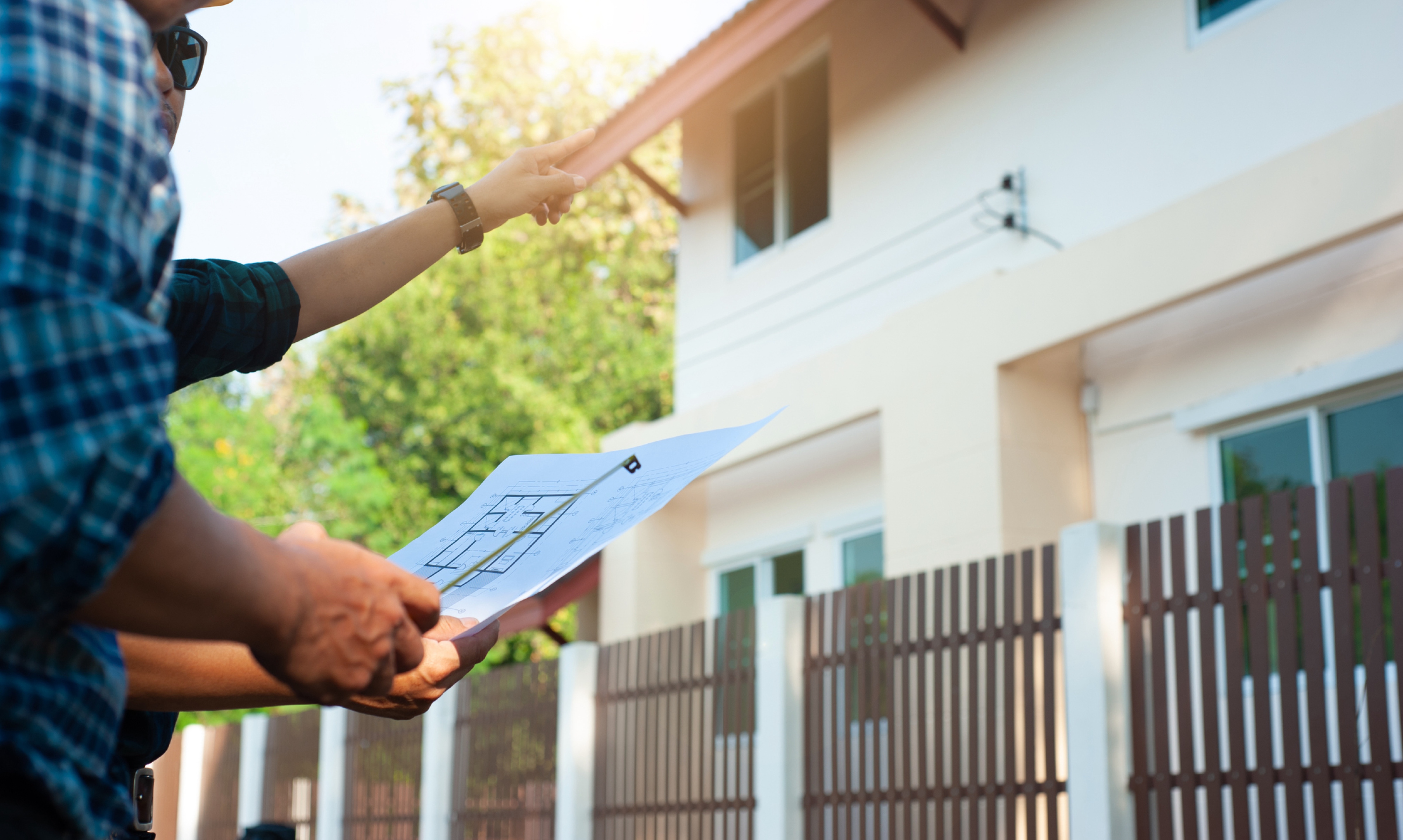Building requirements by project
You can download fact sheets and user guides for common residential projects.
Common residential projects
You can download handouts by project, or contact us to get more information.
Construction permits
Learn about the different types of construction permits and how to apply.
Contact us
Minneapolis 311
Construction Code Services
Community Planning & Economic Development
Phone
Address
Public Service Building
505 Fourth Ave. S., Room 320
Minneapolis, MN 55415


